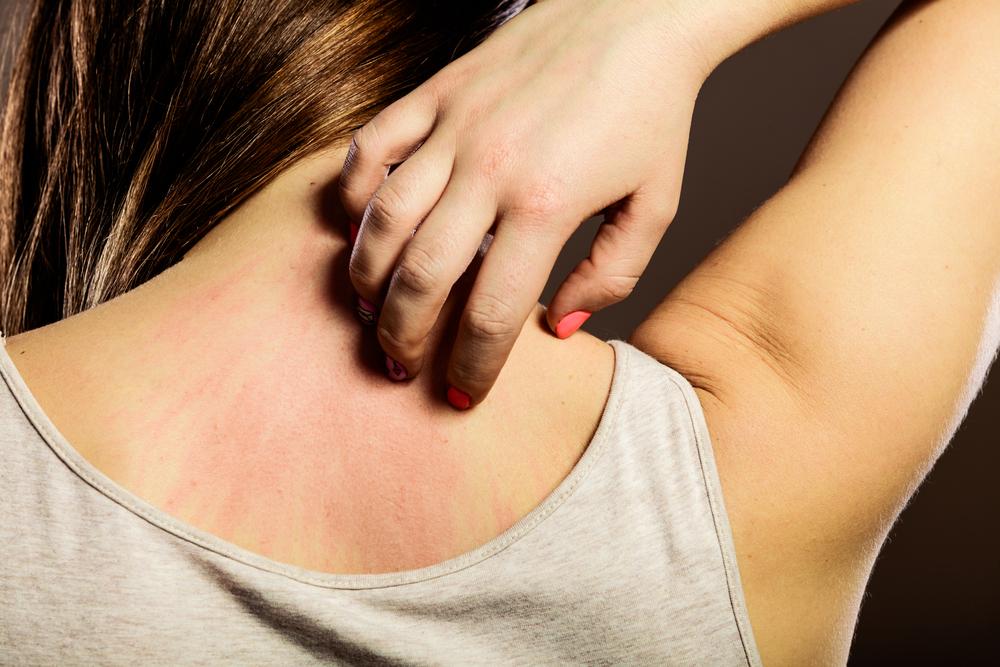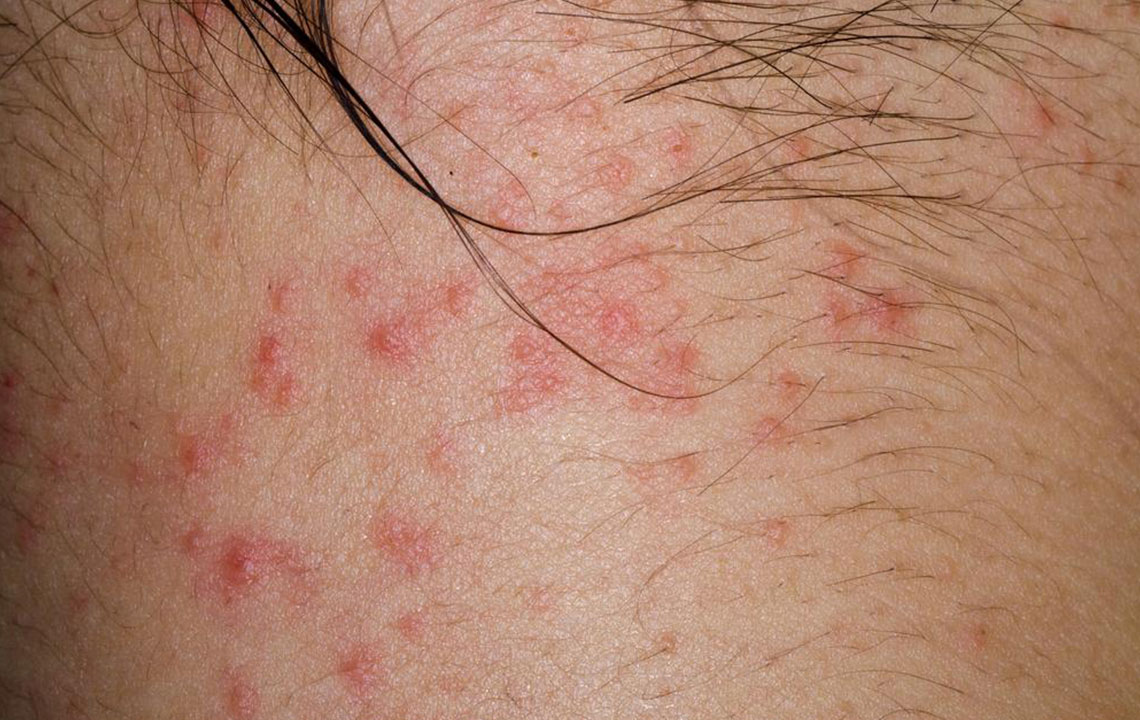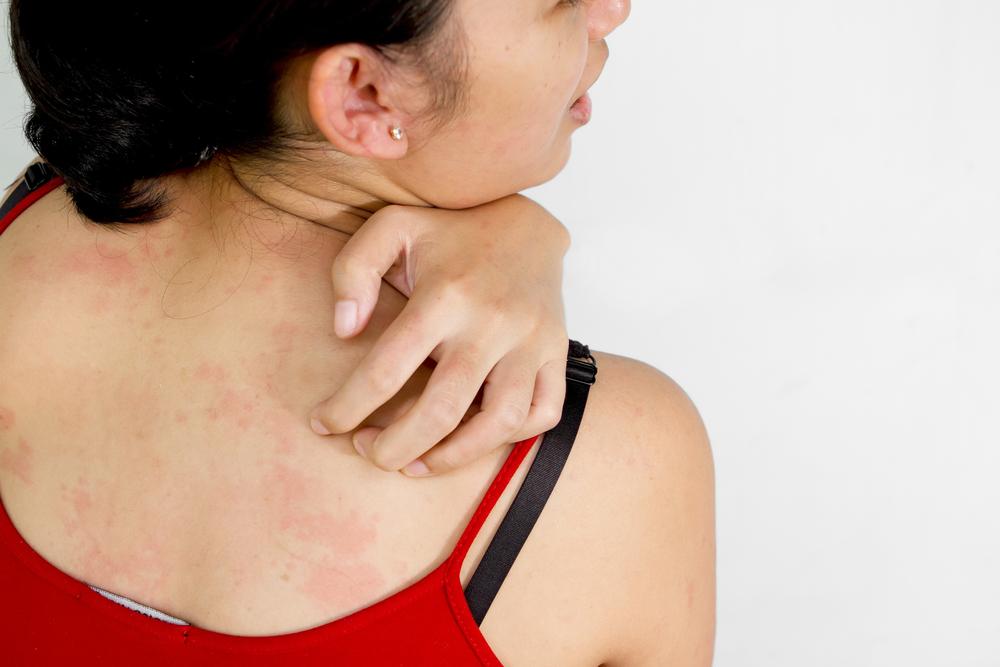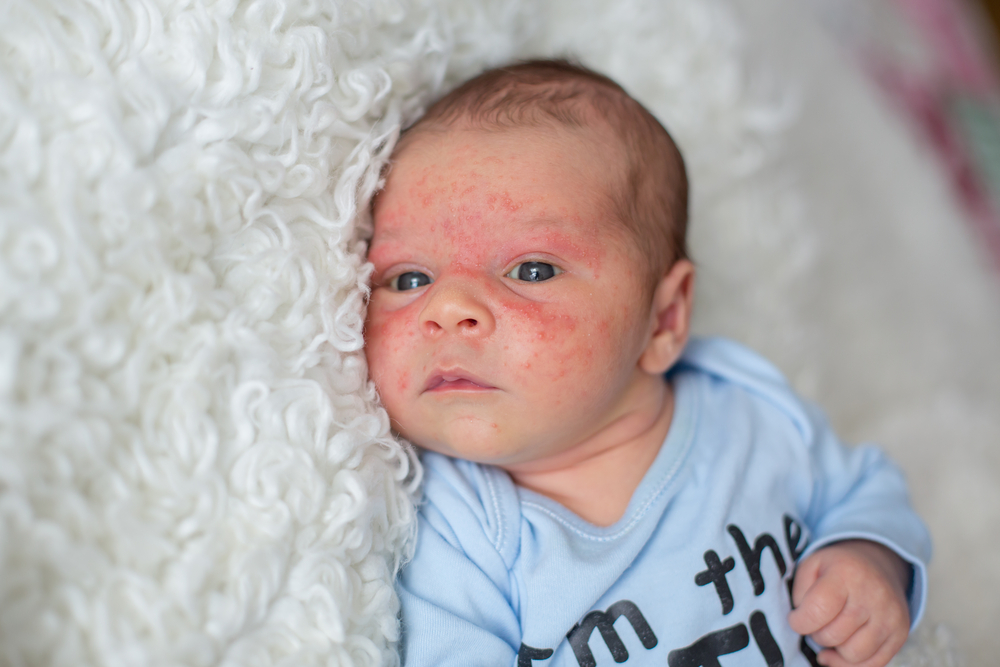A Comprehensive Guide to Eczema Types and Their Symptoms
Eczema encompasses various skin conditions, each with unique symptoms and triggers. This comprehensive guide explores the main types, including atopic dermatitis, contact dermatitis, hand eczema, dyshidrotic eczema, nummular eczema, and neurodermatitis. Understanding these variants helps in effective management through appropriate treatments, from OTC remedies to prescription therapies. Early diagnosis and tailored care are crucial for controlling symptoms and preventing complications. This detailed overview provides valuable insights for those affected by eczema or seeking to learn about this common skin disorder.
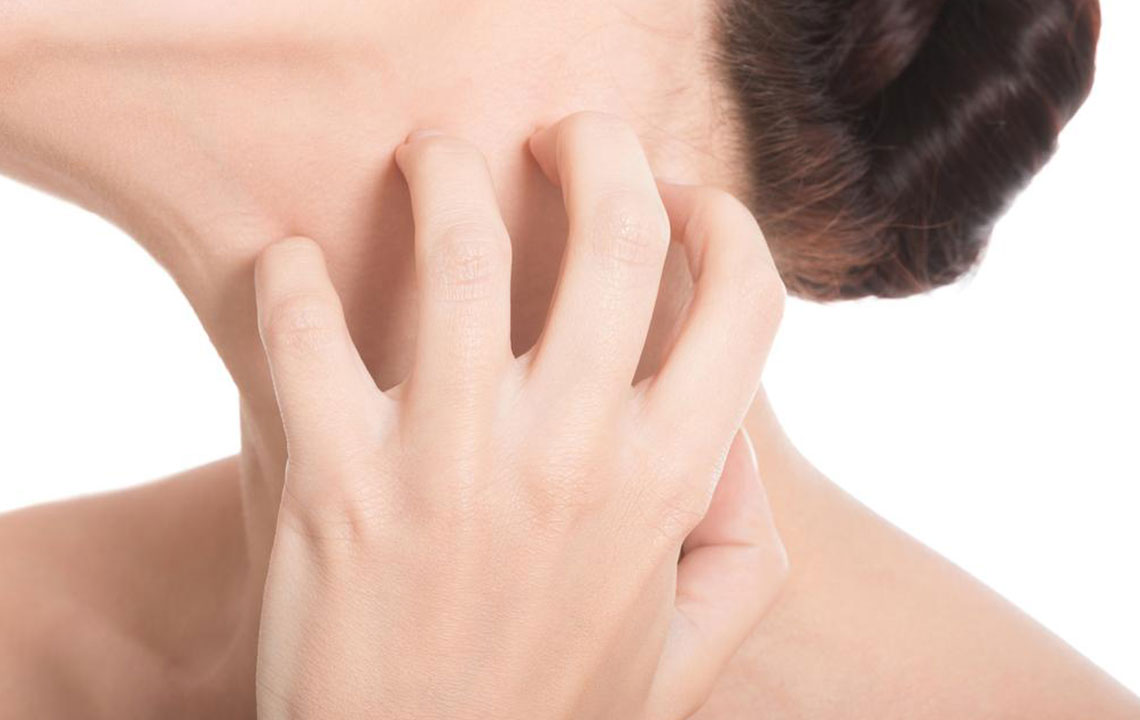
Understanding the Main Types of Eczema and Their Symptoms
Eczema is a prevalent skin condition that affects millions of people worldwide. Characterized by red, inflamed, itchy patches, eczema can significantly impact quality of life due to discomfort and cosmetic concerns. The manifestations of eczema vary based on the specific type, severity, and individual health factors, which influences the choice of treatment. Managing eczema involves a combination of skincare routines, topical treatments, and sometimes prescription medications, all tailored to the particular form and severity of the condition.
In this comprehensive guide, we will delve into the main types of eczema, their distinctive symptoms, causes, and the typical treatment options available. Understanding these variants will help individuals seek appropriate care and manage their condition more effectively.
Let's explore the most common forms of eczema:
Atopic Dermatitis: One of the most common and chronic forms, atopic dermatitis is linked to immune system dysregulation and genetic predisposition. It often appears in childhood but can affect individuals at any age. The rash typically presents as dry, itchy patches that may become inflamed and ooze, leading to potential secondary infections if scratched excessively. Atopic dermatitis is frequently associated with other allergic conditions such as asthma and hay fever, suggesting a systemic component.
Effective management of eczema often requires medications that reduce inflammation and relieve itching. Over-the-counter (OTC) remedies like moisturizers, hydrocortisone creams, and antihistamines can provide relief for mild cases. For more severe or persistent dermatitis, healthcare professionals may recommend prescription treatments such as topical calcineurin inhibitors, corticosteroids, or photo therapy.
Contact Dermatitis: This form develops after direct skin contact with irritants or allergens like soaps, detergents, chemicals, or certain plants. It results in red, inflamed, and sometimes blistered skin. Contact dermatitis is often manageable with simple OTC remedies or by avoiding the triggering substances. In cases where symptoms persist, prescription creams or allergy testing may be recommended.
Hand Eczema: Hand eczema appears as dry, cracked, and intensely itchy skin on the hands, often affecting people who frequently wash or come into contact with irritants or allergens. It can be associated with occupational exposures or personal sensitivities. Treatment includes emollients, corticosteroid creams, and protective gloves to prevent further irritation.
Dyshidrotic Eczema: Characterized by small, itchy, red blisters mainly on fingers, palms, toes, and soles, dyshidrotic eczema can be triggered by stress, metal exposure (like nickel), sweating, or allergies. The blisters may itch intensely and sometimes crack, leading to discomfort and increased risk of infection. Managing stress, avoiding triggers, and keeping the skin moisturized are common approaches.
Nummular Eczema: This form presents as round, coin-shaped patches that can appear on various parts of the body including arms, legs, and torso. These patches are often itchy and may become crusted or form open sores, especially if scratched. Insect bites, skin dryness, or irritants can trigger nummular eczema. Treatment involves moisturizing, corticosteroids, and sometimes antibiotics if infection develops.
Neurodermatitis: This type causes intense itching that leads to thickened, scaly patches on the skin. It often occurs in areas accessible to scratching, such as neck, wrists, or ankles. The persistent scratching can worsen the condition, leading to the development of lichenification (thickened skin). Managing stress and avoiding scratching are critical, along with topical treatments to control inflammation.
These diverse types of eczema represent common dermatological challenges faced by many. Proper diagnosis by a dermatologist is essential for effective management. While mild cases may be well controlled with OTC remedies, more persistent or severe forms require medical intervention with prescription medications and lifestyle adjustments. Recognizing the specific type of eczema is vital for tailoring the most effective treatment plan and improving patient outcomes.

